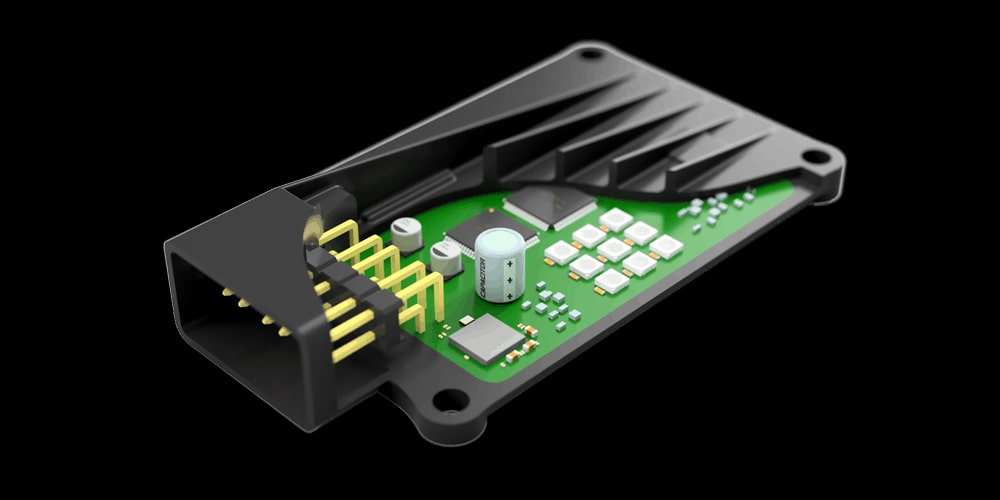Overmolding technology, as an advanced manufacturing process, can improve the performance and life of PCB.

What is Overmolding PCB?
Overmolding PCB is to use injection molding technology to inject polymer materials into the mold, wrap the PCB as a whole, and form an electronic component protected by a shell. The steps of Overmolding are generally divided into: 1. Design mold; 2. Material selection; 3. Mold heating; 4. Injection molding; 5. Cooling and curing; 6. Take out the finished product.
Advantages of Overmolding PCB
High mechanical strength: Injection molding polymer can well protect PCB, such as ABS material with an impact resistance of 1.8~2.5 joules/mm.
Dustproof and waterproof: The polymer shell can provide IP65-IP68 level environmental protection.
Reduce volume: PCB and shell are molded in one piece.
Reduce failures: such as mechanical damage to connectors and cable interfaces.
Save costs: No need to assemble the shell additionally, it can directly become the final product.
Application
Commonly used in sports equipment, medical equipment, industrial control, home appliances and other equipment that require high stability.
Conclusion
Overmolding technology brings more possibilities to PCB manufacturing and application. Choosing the appropriate process according to different applications is the key point in PCB design and manufacturing.
Share This Story, Choose Your Platform!















